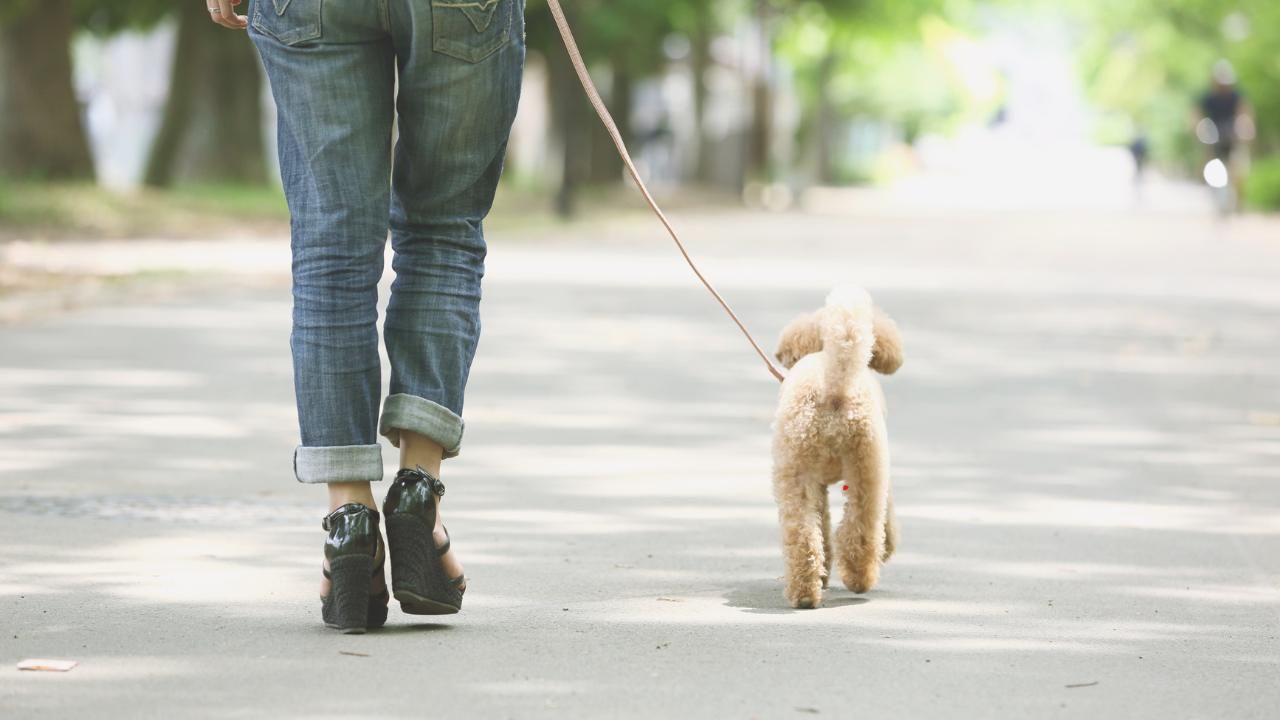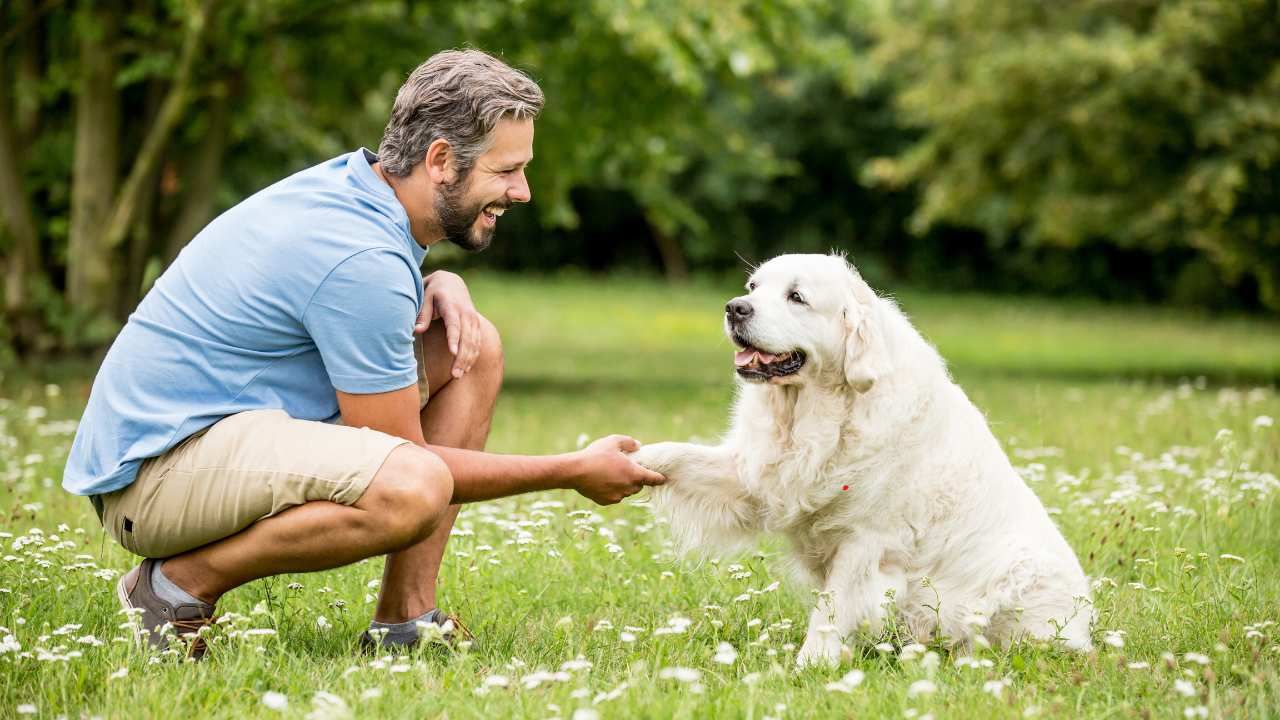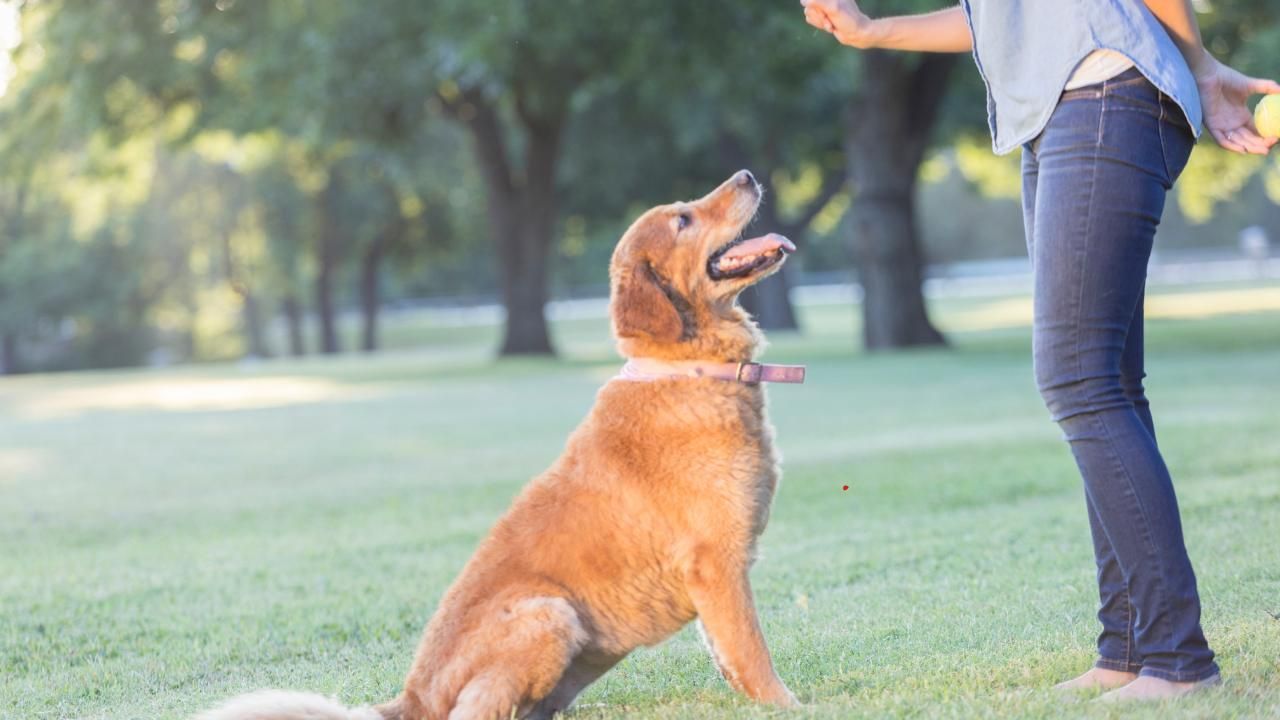Common Training Mistakes Even Experienced Dog Owners Make

Even the most seasoned dog owners slip up sometimes when it comes to training. Dogs are wonderfully forgiving creatures, but habits—both good and bad—form quickly. If you’ve recently welcomed a new companion into your home, whether through adopting or searching for Bernedoodles puppies for sale in Cottonwood AZ, it’s worth revisiting the fundamentals. After all, even well-intentioned training errors can make life harder for both you and your pup. Local breeders like Doodling Pups, LLC often remind new pet parents that different breeds may respond to training in unique ways, but many mistakes remain universal.
This article highlights the most common training pitfalls experienced dog owners still make, along with practical ways to correct them.
Relying Too Much on Repetition
Repetition is a cornerstone of dog training, but too much of it can backfire. When a dog hears the same command over and over without clear follow-through, it can learn to tune you out. For example, saying “sit” ten times without rewarding the dog until the last attempt can teach them that the first nine times don’t really matter.
Better approach: Say the command once, then guide your dog into the correct position and reward promptly. Consistency and timing matter far more than the number of times you say the word.
Inconsistent Boundaries
A common mistake even lifelong dog lovers make is setting rules inconsistently. Allowing your dog on the couch when you’re in a good mood but scolding them the next day creates confusion. Dogs thrive on routine and clear expectations.
Better approach: Decide early on what’s allowed and what isn’t. Stick to these boundaries across the whole household. If one family member sneaks table scraps while others forbid it, training progress will stall.
Forgetting Socialization Beyond Puppyhood
Most owners know the importance of socializing puppies, but socialization isn’t something to abandon once your dog reaches adulthood. Experienced owners often assume that once a dog is well-behaved around people and animals, the work is done. In reality, ongoing exposure to new sights, sounds, and environments keeps your dog adaptable and confident.
Better approach: Continue to introduce your dog to fresh situations throughout its life—new walking routes, different parks, or even dog-friendly stores. This keeps them sharp and reduces anxiety in unfamiliar settings.
Overusing Treats or Rewards
Positive reinforcement is the gold standard in training, but treats can become a crutch if overused. Some owners never transition away from food rewards, creating dogs who only perform when snacks are visible.
Better approach: Start with treats, then gradually mix in praise, play, or affection as rewards. Dogs value variety, and your bond grows stronger when they learn that listening brings joy beyond food.
Expecting Too Much, Too Quickly
Even experienced owners sometimes expect dogs to learn complex commands or break habits overnight. Training is rarely a straight line—it involves setbacks, plateaus, and breakthroughs. Becoming frustrated when progress stalls only undermines your relationship.
Better approach: Focus on small, achievable goals and celebrate each win. Patience not only improves training outcomes but also deepens your connection with your dog.
Case Study: Lucy the Rescue Mix
Lucy, a five-year-old rescue dog, had already been through two homes before landing with her current owner, who considered herself experienced. Despite years of dog ownership, she quickly ran into problems with Lucy’s leash pulling and anxiety around strangers. After realizing she was repeating commands without follow-through and failing to reinforce boundaries consistently, she changed her strategy: one command at a time, steady rules, and plenty of patient socialization. Within months, Lucy transformed into a calm, well-adjusted companion. This shows how even seasoned owners benefit from reevaluating their methods.
Final Thoughts
Training isn’t just about obedience—it’s about building trust and creating a shared language with your dog. Even if you’ve raised multiple dogs before, revisiting your techniques can help you avoid slipping into common mistakes. Every dog, from energetic puppies to seasoned seniors, deserves patience, clarity, and consistency.
Ready to improve your training methods? Learn more about effective training techniques and avoid common mistakes.














